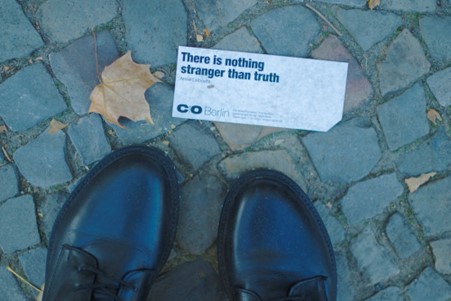Setting the scene
Recently I was called in to do an Investigation at a national retailer. The Store Manager had successfully taken this site from significantly underperforming through to a national “top 3” store in 18 months! However, it emerged that he’d burned through two Assistant Store Managers and the new one was about to walk. It also came to light that some staff were bitterly unhappy about their treatment by him. They felt he was victimising them. What was going on?
The Interviews – What came out
In interviews with staff a really difficult pattern of behaviour by the Store Manager emerged. He ‘likes’ women, he flirts with female customers, and he only seemed to hire females. Further, he often made female staff members feel uncomfortable by being in their space and at times he seemed to ‘inadvertently’ touch their back as he walked behind them in the counter area. There was consistent evidence provided by a range of staff within the store.
The victimisation they outlined was they had shifts cut, they were made to work shifts where a commission was hard to earn, and they were denied the opportunity to work on public holidays. When pressed as to why they thought this might be occurring they disclosed that the behaviour started after he’d had sex with them. They were at pains to point out that the sexual encounters were fully consensual and had not developed into a relationship. The staff members added that these encounters were a one-night stand or casual occurrence, and they had been ‘OK’ with the sex.
As an Investigator we must always maintain an open mind, even when the evidence presented appears forceful and compelling. What we must do is determine whether the evidence presented is credible and reliable.

Evidence – The story it tells
As I started gathering electronic documents, payroll, rosters and the like (business records that are credible evidence which can be relied upon), it became apparent that significant parts of the evidence provided by these staff members (their words at interview) were not as they seemed. These independent records disproved several of their allegations about the Store Manager taking action against them. It became apparent that they were being deliberately misleading about his conduct after they had slept together. It was possible they were setting him up for a victimisation claim!

The Respondent – an alternative narrative
Then I interviewed the Store Manager. He denied he’d ever had a sexual encounter with any staff member. None. “No, this has not occurred, with any of them”. This really changed matters. Whilst his conduct towards customers still seemed problematic it appeared that staff had concocted the allegations of victimisation and collaborated to make a very serious case against him.
Delving further, examining Facebook posts, messenger, texts and WhatsApp it all flipped again. The Store Manager was outright lying about his sexual encounters with staff members. He clearly had engaged in some of those sexual encounters. What’s more he started to actively delete messages during the course of the Investigation.
Assessing credibility – Putting the pieces together
What a mess. I had Complainants who were not being truthful, and this of course cast doubt on their credibility as any sort of witnesses for anything they were saying. Perhaps there was no misconduct by the Respondent Store Manager at all, even in relation to the customers. Then I had highly inappropriate conduct by the Store Manager during the Investigation who was clearly being untruthful in his responses.
Sifting through what was credible evidence that I could rely upon and who was a credible witness became crucial. I had to start to balance whether I could rely on any information gained at interviews and what electronic records were reliable. For example, when I showed one staff member the payroll records, she started to change her story. So, in terms of the workplace investigation, this meant her evidence changed, making her a less credible witness whose evidence I was not prepared to rely on. Another staff member started to use the same phrasing as her colleague to describe what happened. This indicated that there may have been collusion. In the final written report, it is always important to carefully explain why you are finding any particular witness credible. Otherwise, you may find your report being challenged at Fair Work.
How did this end?
Not well at all for anyone!!! I think you can guess how many of these staff members kept their jobs. Further, managing that process and communicating effectively with the individuals, the client, P&C and Operations became a key feature of this Investigation. The Store had to remain open!

Workplace Investigation Training
If you or anyone in your team is ready to plunge into the depths of a Workplace Investigation, please join me for a 1-day Workplace Investigation Training on
10 October 2023 at a city location.
Register Here
Do you have a scenario you’d like to soundboard with us? Please get in touch.
Zandy at zandy.fell@thezaltgroup.com.au 0417 336 806
Tony at tony.fell@thezaltgroup.com.au 0412 368 823
Find out more at The Zalt Group
If you enjoyed reading this you might also like:



